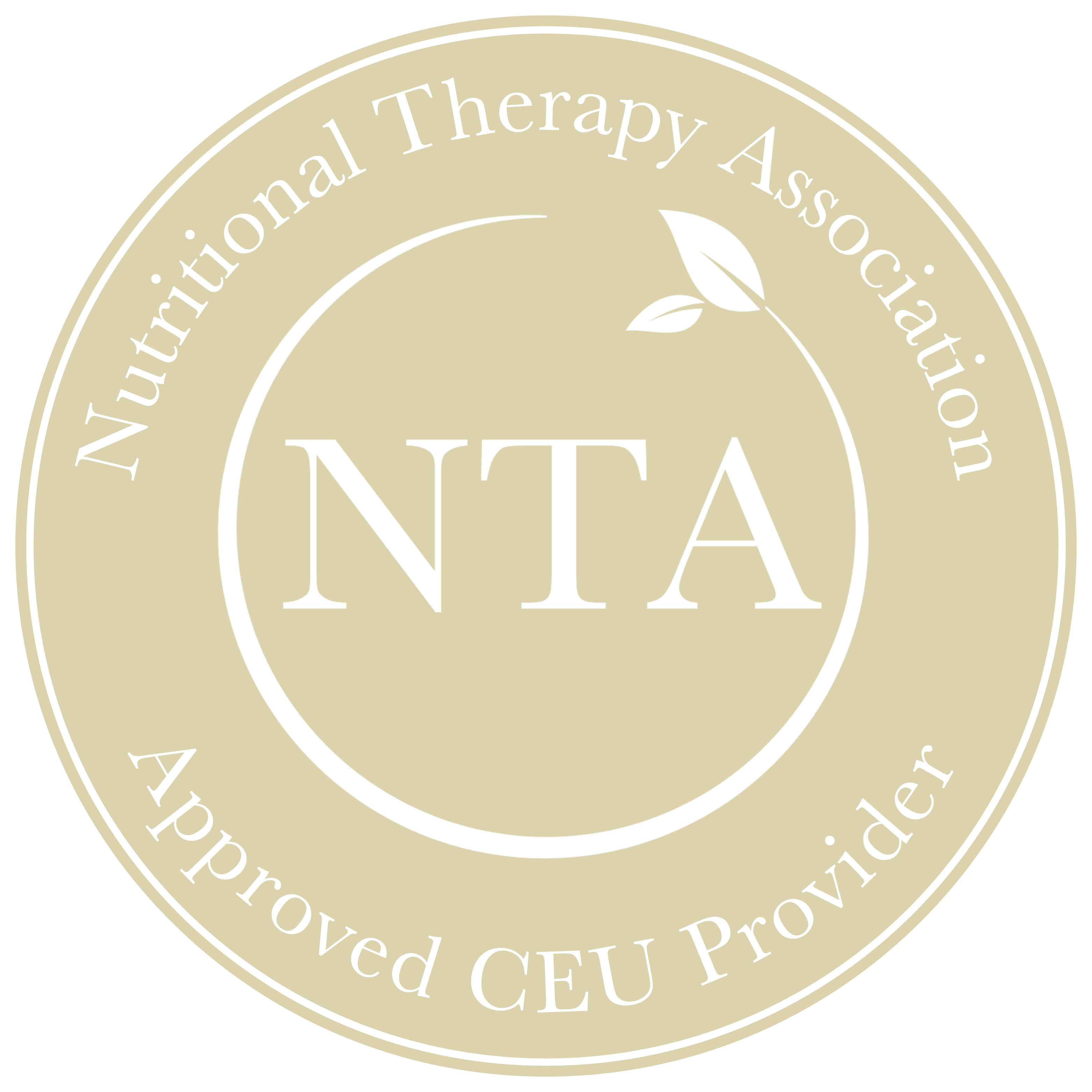You have a client with terrible digestive issues who doesn’t tolerate even the tiniest bit of hydrochloric acid (HCl), even after changing their diet and soothing their upper gastrointestinal tract with healing nutrients. Then there’s the client who’s been on proton pump inhibitors for years, but is still just as symptomatic as when their doctor first prescribed them. Or the client whose upper gastric symptoms are intractable, no matter how many upper GI healing agents you try.
With any of these scenarios, there’s a common bacteria in the stomach that may be to blame: Helicobacter Pylori, or H. Pylori for short. H. Pylori is a bacterium that lives in everyone’s stomach. While it’s a normal and natural part of the stomach environment, when it proliferates it can cause a whole host of symptoms and further problems: from something as mild as low-grade heartburn or nausea to much more serious issues such as gastric ulcers and even cancer.
H. Pylori thrives in an alkaline environment and damages the acid-producing parietal cells that line the stomach, essentially creating a cozy little home for itself. When the cells that secrete hydrochloric acid aren’t able to produce the required acid, the pH in the stomach increases and H. Pylori can proliferate further.
H. Pylori can be very challenging to deal with as a clinician for several reasons:
1. Approximately 85% of H. Pylori infections are silent and asymptomatic. As such they can be easily missed and cause significant downstream issues due to low stomach acid, such as increased susceptibility to food sensitivities, dysbiosis, SIBO, parasitic infections, challenges with digesting and absorbing protein, B vitamins and all minerals, and an overall reduction of digestive function overall.
2. H. Pylori is notoriously difficult to accurately test for and many tests yield false negatives. In our experience, the most accurate and most sensitive test for H. Pylori is qPCR testing (quantitative real-time polymerase chain reaction) which is a form of DNA analysis considered one of the most powerful and sensitive gene analysis techniques available.
3. H. Pylori has very high recurrence rates, regardless of whether it is treated medically or addressed using natural, herbal eradication agents.
4. The medical model for addressing H. Pylori is to eradicate the bacteria with an antibiotic while easing symptoms by using a proton-pump inhibitor or acid-blocking medication. The challenge with this approach is that because H. Pylori thrives in a low-acid environment, the PPI or acid-blocking medication may soothe symptoms but is only creating an environment even more conducive for the H. Pylori to proliferate once again.
How do you know if your client has H. Pylori as part of their clinical picture? The types of symptoms associated with an H. Pylori overgrowth are similar to those associated with acute gastritis such as stomach pain, acid reflux, nausea, belching, and sometimes throat pain. But we can’t rely on symptoms alone since so many H. Pylori infections are asymptomatic.
If you’ve struggled to support your clients with H. Pylori and are looking to identify and resolve this issue once and for all, here are the essential factors to consider as a nutrition professional:
1. Test, don’t guess, using an assessment with high sensitivity for detecting H. Pylori. You simply can’t rely on symptom presentation alone when it comes to identifying an H. Pylori infection.
2. Address the terrain in addition to the pathogen. This is the piece so many clinicians – both medical and holistic – don’t address. Remember how overgrowth occurs in the first place: H. Pylori is a normal and natural part of the stomach environment. What creates the opportunity for it to proliferate in the first place? Low stomach acidity. This needs to be addressed both during the protocol and maintained afterward in order to prevent recurrence.
3. Address the downstream impacts. Because of H. Pylori’s impact on the stomach’s ability to secrete HCl, we need to consider, assess, and then address any downstream impacts of hypochlorhydria beyond simply re-establishing the stomach’s ability to secrete sufficient HCl. What impact has this had on other aspects of digestive function such as enzyme production and bile flow? What impacts has this had on the balance of the microbiome overall? Have any food sensitivities been created as a downstream result? Have any pathogens, such as parasites, taken up residence in the gut as a result and need to be eradicated as well? It’s not enough to eradicate H. Pylori and assume the problem has been dealt with. We need to assess the whole picture and address any digestive imbalances that have arisen as a result.
One of the reasons why the clinical approach we teach at Restorative Wellness Solutions is so effective is that we are very thorough and comprehensive with our healing protocols. We are always guided by a combination of client symptom presentation, objective test results, and highly customized protocols that are comprehensive enough to achieve real and lasting healing.
If you’d like to learn how to use these powerful tools in your practice, we will soon be accepting applications for our upcoming Level 1 program, Mastering the Art and Science of Gastrointestinal Healing, which starts in April 2021. Click here to make sure you’re on our list to be notified as soon as registration opens and secure your spot.
Do you know any practitioners who could benefit from learning how to effectively address H. Pylori with their clients? Please share it with your colleagues and peers!







